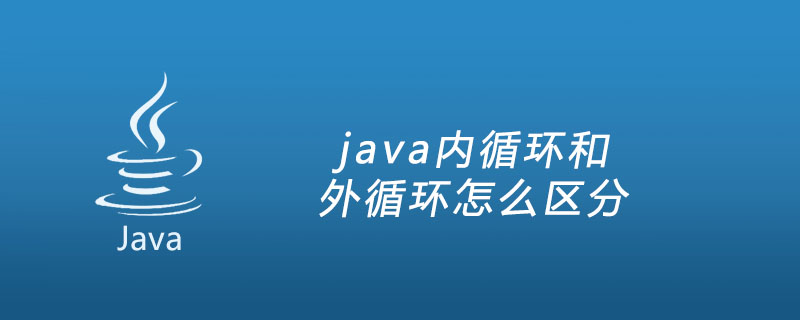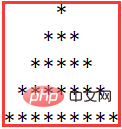
The for loop nesting is explained as follows:
First of all, the inner loop is part of the outer loop body. When the loop body is executed After completion, the outer loop enters the second loop. During this process, the inner loop needs to execute a complete loop that meets the conditions. (The outer loop controls the number of rows, and the inner loop controls the number of each row)
The following uses bubble sorting as an example:
The first (outer layer) The function of the for loop: Control the number of rounds of sorting
The function of the second (inner) for loop: Control each comparison step in each round
public class Test {
public static void main(String[] args) {
int[] array = { 7, 3, 10, 0, 6 };
// 共4轮排序,每轮都是把最大的元素排在后面
for (int i = 0; i array[j + 1]) {
temp = array[j];
array[j] = array[j + 1];
array[j + 1] = temp;
}
}
}
// 遍历数组,打印元素
for (int i = 0; i Example 2: Loop Print the following figure 1

The code is as follows:
The first (outer) for loop function: controls the number of rounds of sorting
The function of the second (inner) for loop: control the printing of spaces in each round
The function of the third (inner) for loop: control the asterisk (*) in each round Print
public static void testFor() {
int n=5;
for(int i=1;iRelated learning recommendations:java basic tutorial
The above is the detailed content of How to distinguish between inner loop and outer loop in java. For more information, please follow other related articles on the PHP Chinese website!